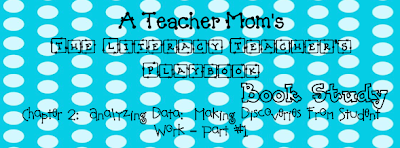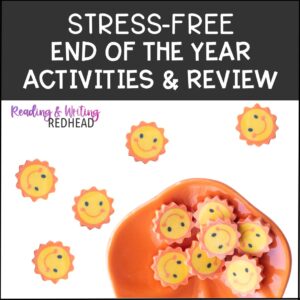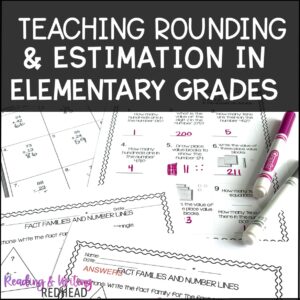
Hey everyone! Welcome back ! I am psyched to be back in this linky with some terrific teacher bloggers. We are doing a book study with Jennifer Serravello’s The Literacy Teacher’s Playbook. Last week we looked at chapter one and this week we are taking a look at chapter two, but only the first half (it is about 60 pages long so we split our posts about it over two weeks). Be sure to hop around to all of the blogs that are linked up below to see what everyone else thinks AND enter our rafflecopter to win some fun prizes! We will be posting each Wednesday for 8 weeks this summer!
If you would like to get the book for yourself, click on the image below. You can also get a version of the book just for grades 3-6 if that is the age group you are with! Click HERE for that version!
This chapter is the 2nd chapter in the book and the author assumes you read the first one which covers collecting data. (Here is my post on chapter one from last week!) As a reading specialist and second grade teacher I collect a LOT of data and could always use some fine tuning on how to analyze it to best meet the needs of my kiddos.
At the beginning of each chapter, Serravello states her goals for the chapter which I really like and tells you what she will be doing! She says, “I provide practical help with looking closely at each artifact to discover a student’s strength and possible areas for growth. I offer key questions to ask of the work and some of the ‘look-fors’ so you can extrapolate the ideas that I have about the work of one student – a first grader named Marrelle. I summarize my thoughts about each piece of work in a table”. (p. 34).
The first part of the chapter is broken down into 7 sections:
Using the Engagement Inventory
Using the book Log
Using the Reading Interest Inventory
Analyzing Writing about Reading : Short Text Thinking Record, Read-Aloud Stop-and-Jots, and Reading Notebooks
Evaluating Responses to a Whole Book Comprehension Assessment
summarized view of ways that expectations for readers should increase as text becomes more complex (not complete)
Analyzing a Fluency Assessment
This chapter was really packed to be honest. I have to say one of the most interesting parts was the section about using the engagement inventory. In chapter one she shares an engagement inventory teachers can use. As a second grade teacher I casually observe my students’ reading behaviors but have never done so for an entire reading period as she says (instead of meeting with groups) and then studied the results to see what you can learn from them.
She gives an example of an inventory and how you can see a couple kids are reading the whole way through, some kids read short books and quickly so are switching books a lot, some are doing some reading and some avoidance behaviors, she points out to note when kids are really engaged (smiling, laughing etc) and explains how what she learned from her sample inventory is that a couple kids needed help picking books that were “just right” for them and were engaging so that they could benefit from the silent reading block.
The one downside is when you do an engagement inventory you lose a teaching period. Depending on your school environment and how much pressure you have to get curriculum taught you may or may not be able to do that, but I would love to try!
This chapter is chock full of information that I would never be able to go through all of it so please follow the links and see what other bloggers have to say! Come back next week for more when I will review the 2nd half of this chapter!






